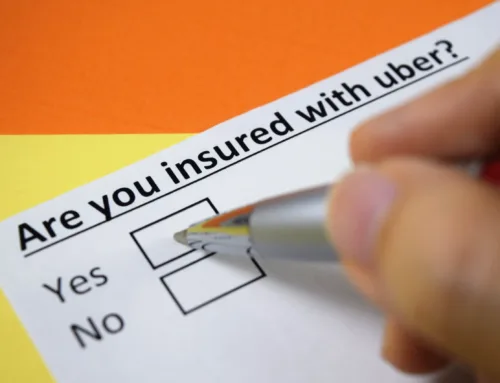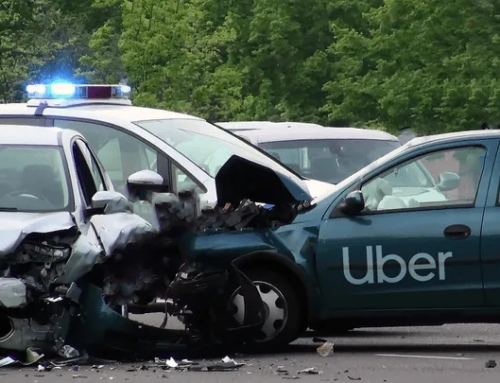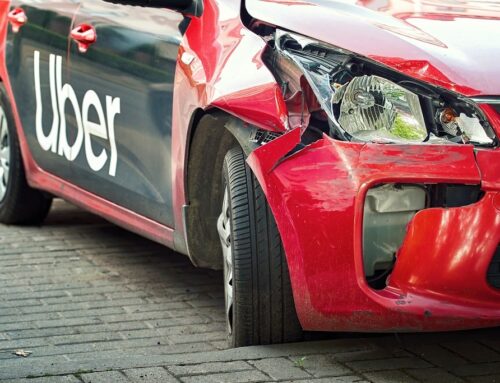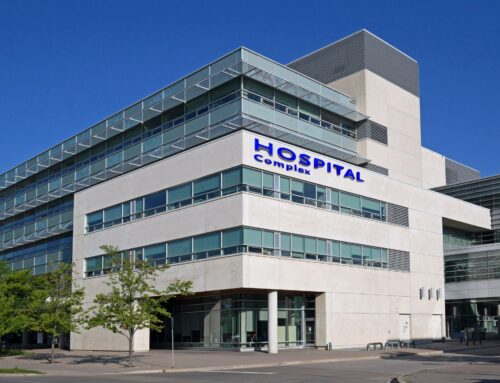Ridesharing in California and the United States has evolved significantly since the days of calling your friend to see if they could give you a lift and then paying them a few dollars for gas money. In 2009, Uber was born offering an elegant solution for people needing rides by connecting them with drivers who were looking to use their personal vehicles (for compensation) to drive them to their destination. Lyft followed in 2012 offering the same type of service and competition to Uber. The two companies have the vast majority of the market share in the entire country, although in the Los Angeles area, Uber has a far greater market share than Lyft.
While these companies offer a convenient, relatively low cost and usually pleasant alternative to public transportation or just driving yourself, their advent has come with an unwelcome by-product: rising traffic fatalities. Since the launch of Uber and Lyft, traffic deaths increased by two or three percent, the equivalent of 1,100 additional deaths. From 2014 to 2016, insurance companies paid out $185.6 million related to 9,388 claims for traffic accidents – roughly 8.5 incidents per day – involving ridesharing vehicles in California. As of August 2015, Uber and Lyft reported more than 1,100 incidents per month statewide to the California Public Utilities Commission which regulates them.
Suffice it to say, your chance of being involved in a ridesharing accident – either as a passenger, the driver of another vehicle that is hit, or as a pedestrian or bicyclist – has also increased.
You’ve Been in a Ridesharing Accident. Now What?
Regardless of whether you are a passenger in the rideshare vehicle, another driver who was hit by a rideshare vehicle, or a pedestrian hit by a rideshare vehicle, first and foremost, make sure that you are safe and not in immediate danger of further injury. If you are traveling with someone, do the same for them, and lastly, check on the driver. Get away from the car, if at all possible, and find a safe place to wait for help. Evaluate your injuries and those of anyone traveling with you. Call for help, or if you are unable to do so, ask a bystander or witness to call on your behalf.
While you are waiting for help to arrive and if you are able, take stock of the entire scene. If possible, film the scene including the road conditions, weather conditions, and the state of the car or cars involved in the accident. Get the names and phone numbers of witnesses because you cannot count on the police officer who responds to gather this information (although they should). Make notes of what happened, especially your recollections right before the accident. Get information on the drivers of all vehicles involved including contact information, license plate number, and insurance information. You should get this information even if you are the passenger in the Uber or Lyft vehicle as your driver’s personal auto insurance may come into play.
And, as soon as possible, get checked out by a medical professional to ensure that you are not seriously injured and to get medical treatment that you may need as a result of the accident.
Call a Los Angeles Rideshare Accident Lawyer
When you have been involved in a rideshare accident in Los Angeles, the first mistake you can make is to assume that Uber or Lyft, or their insurer, has your best interests at heart. They do not. They have their own best interests at heart and while they may genuinely be sorry that you were in an accident while using their service or one that was caused by one of their drivers, they will not bend over backwards to make you whole.
You need a professional, highly skilled, and knowledgeable Los Angeles rideshare accident lawyer firmly in your corner to make sure that you get the full compensation to which you are entitled. Make sure to give your rideshare accident lawyer all of the documentation, information, and pictures that you have gathered as well as your medical reports documenting your injuries. All of this will be invaluable in helping to get you the maximum compensation.
Know What Uber and Lyft Cover (and Don’t Cover)
There are many moving parts in determining liability in any accident, but there are even more moving parts when Uber or Lyft drivers are involved in the equation. This is because Uber and Lyft’s liability insurance is triggered only depending on what service the driver is providing at that given time.
For example, if you are hit by a Lyft or Uber driver who is not on duty at all (the rideshare app is inactive, and they are not picking up fares) then you are limited to going after the driver in a personal capacity for only the liability insurance that they carry personally. If you are in an accident with them when their rideshare app is on, but they have no current passengers, Lyft or Uber’s liability insurance is activated but only to cover what the driver’s personal insurance does not.
The million-dollar insurance policy funded by Uber and Lyft is not triggered until the driver is paired with a passenger and the passenger is in the vehicle. Before you get dollar signs in your eyes, however, that policy is for up to $1 million and there is no guarantee that you will see that amount. It depends a great deal on the extent of your injuries and damages as well as the types of claims that are made. The driver’s personal insurance will also come into play and could be sufficient to cover everything such that the additional insurance offered by Uber and Lyft is not triggered.
Even if you attempt to get compensation through your own insurance company, you should still contact a Los Angeles rideshare accident lawyer because the inclusion of Uber and Lyft in the mix makes things more complicated than your average car accident and you need to ensure that someone has your best interests at heart.





